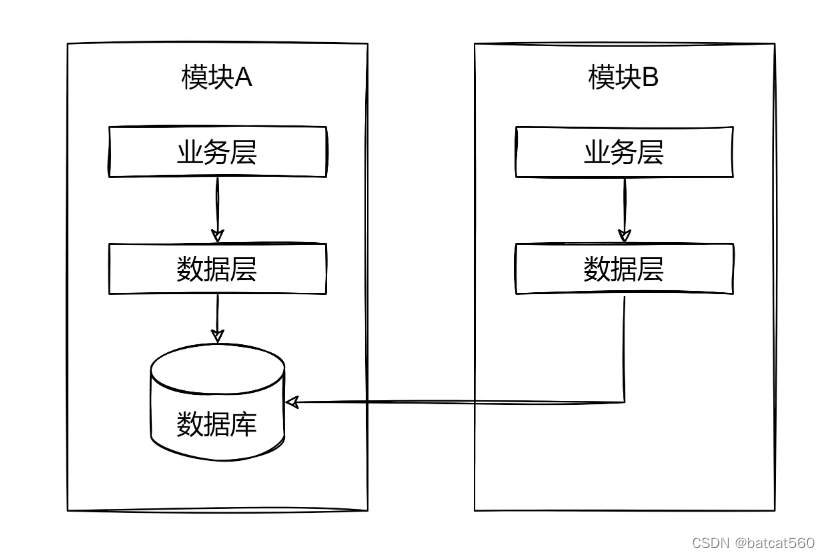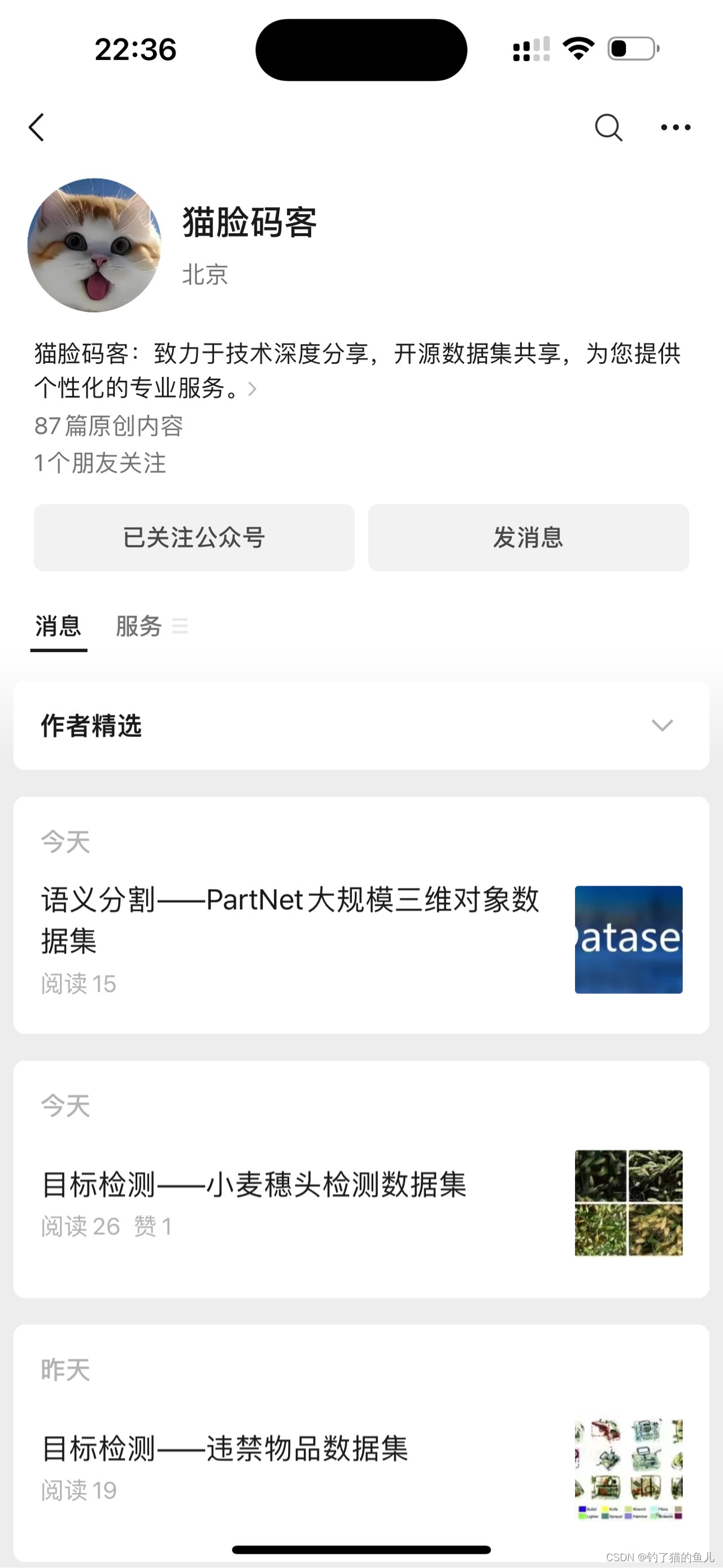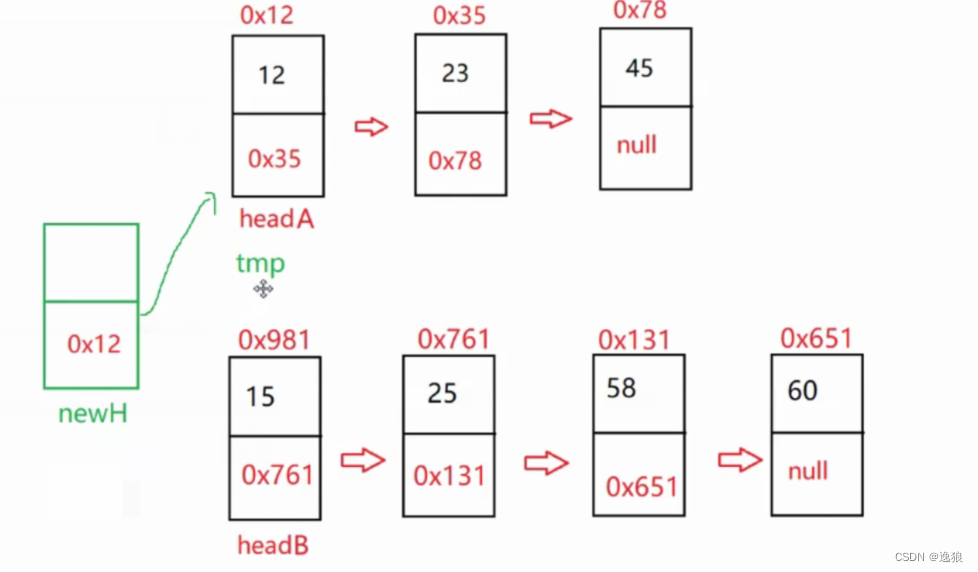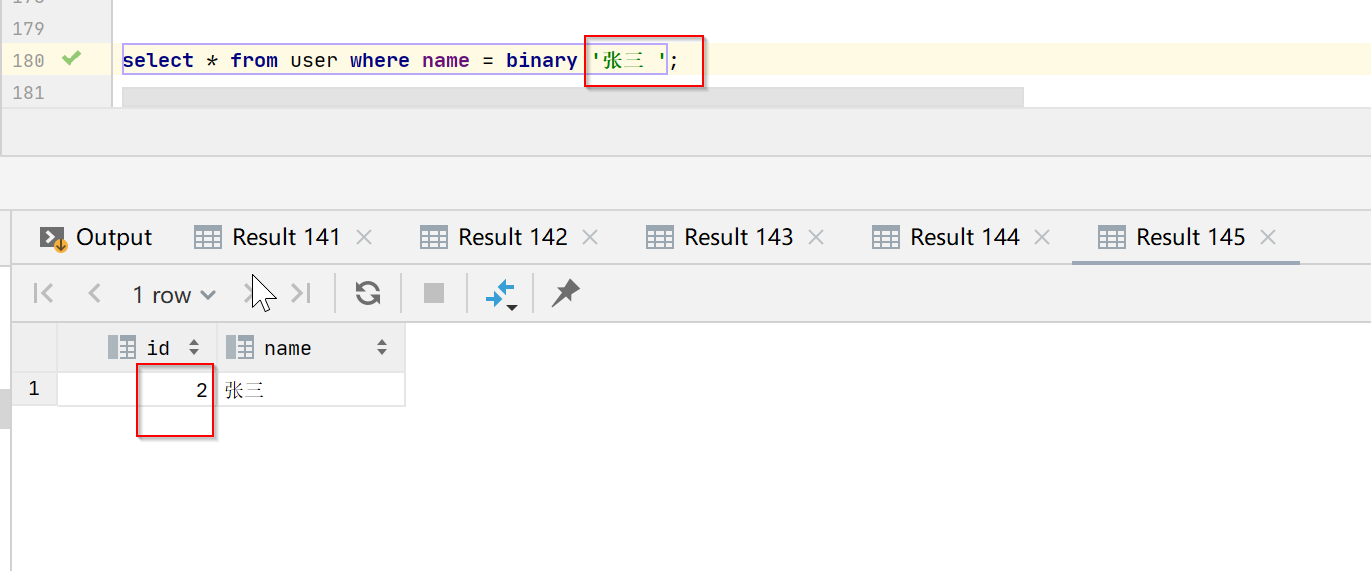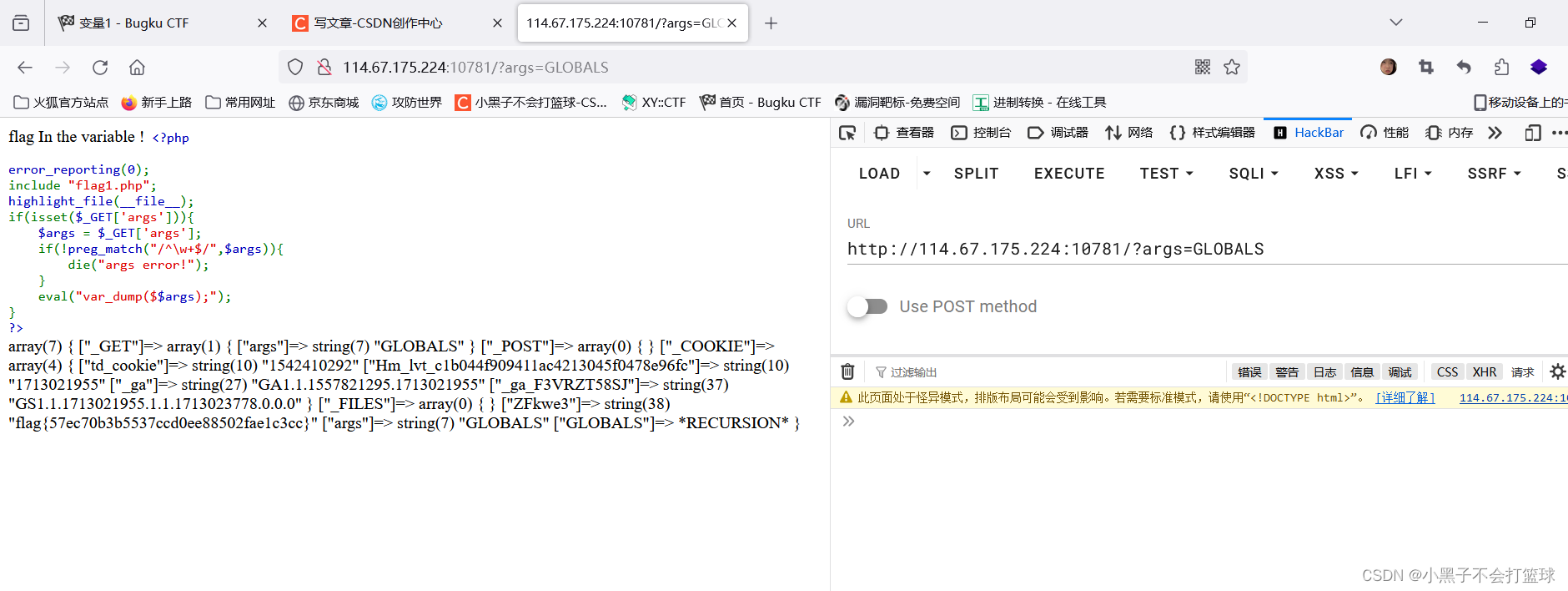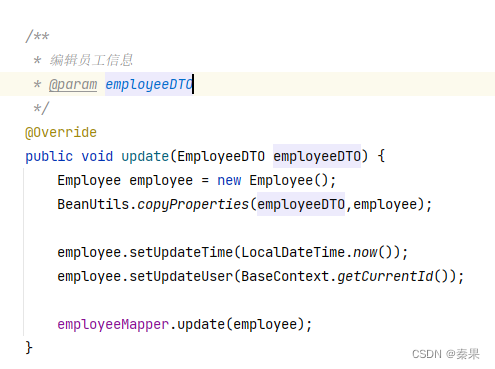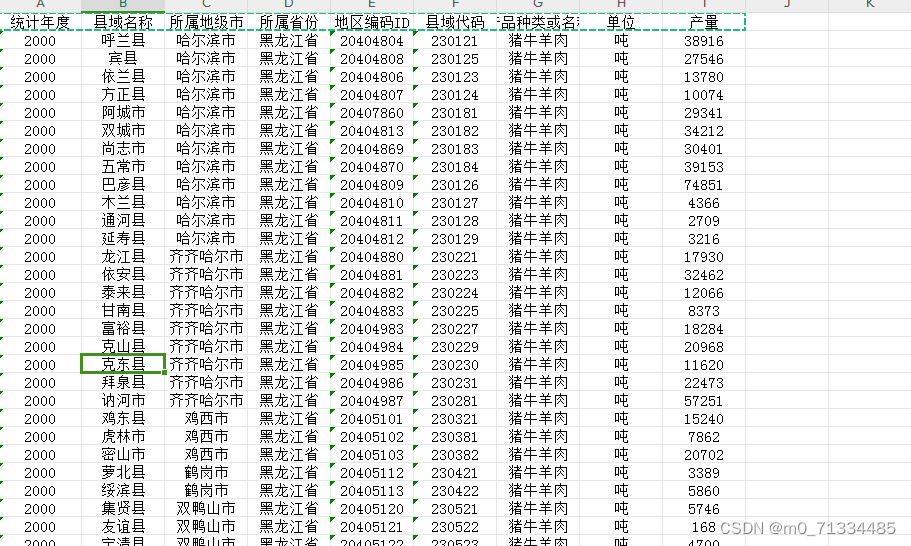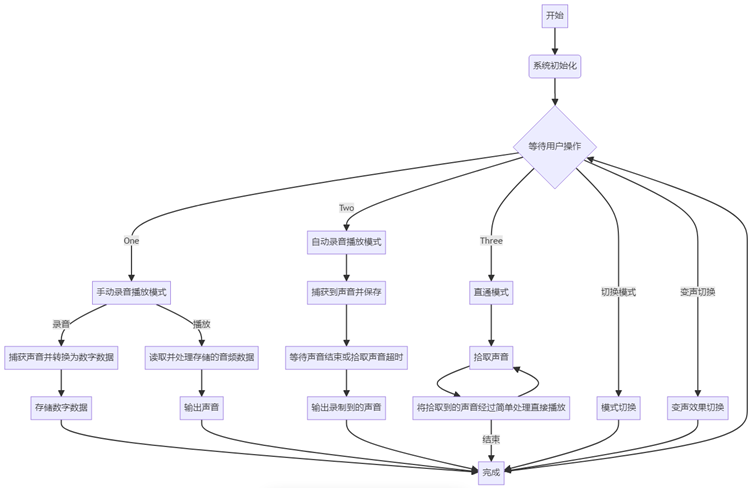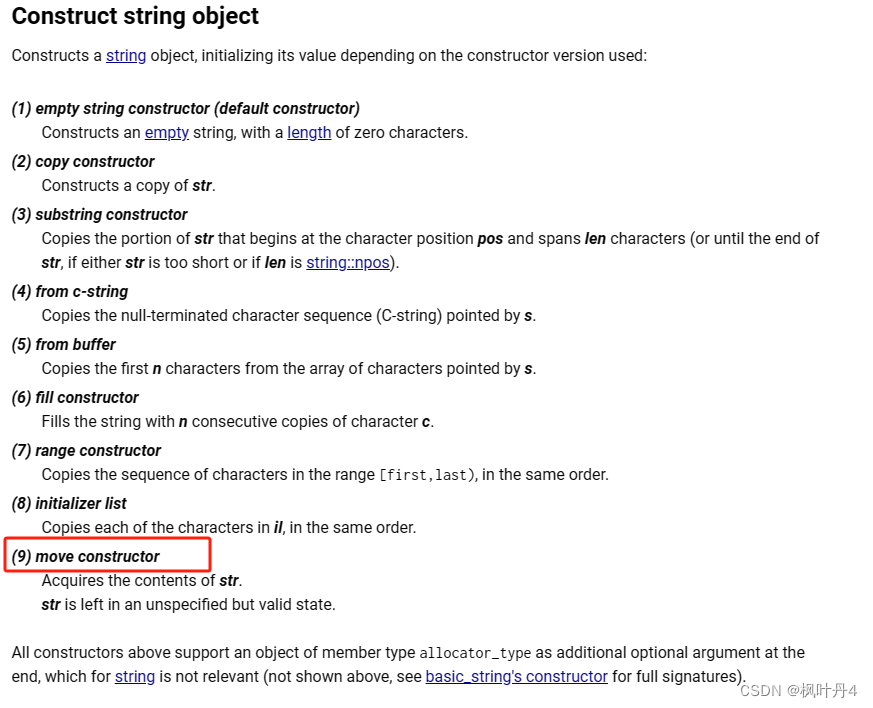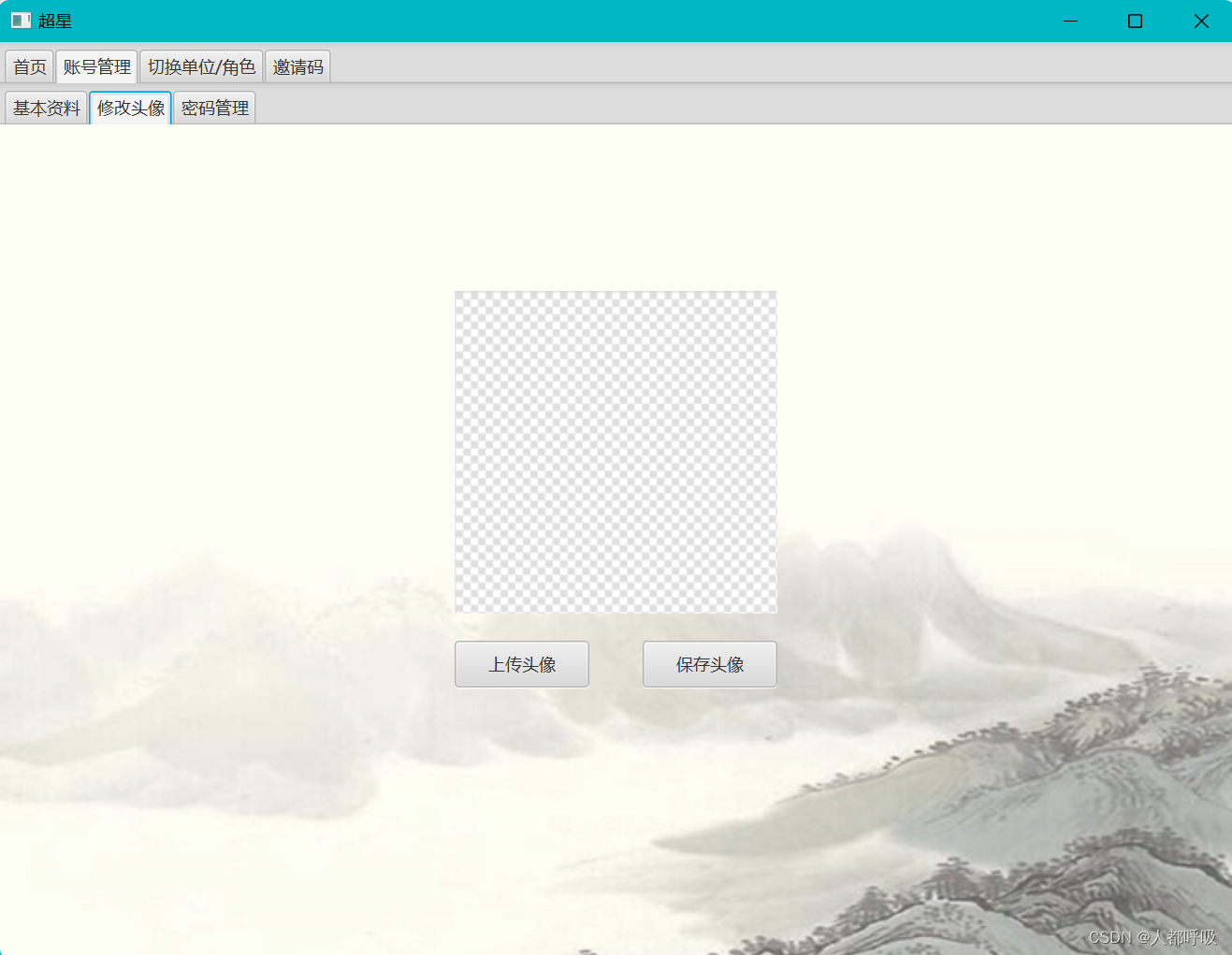SKF 与KISSSOFT的连接
HEDZER TILLEMA,荷兰SKF B.V.产品线经理
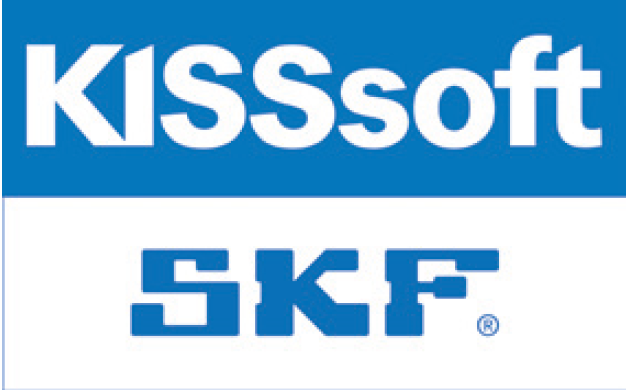
最近(2019年),瑞典滚动轴承制造商斯凯孚(SKF)和瑞士齿轮箱设计软件开发商KISSsoft已将斯凯孚的轴承计算服务整合到KISSsoft的软件中。借助 KISSsoft 中所谓的“SKF 轴承模块”,工程师可以直接访问 SKF 的轴承技术和轴承性能数据。这种连接可以在进行新的齿轮箱设计时提供无缝体验。在不知不觉中,一位工程师“像往常一样”在KISSsoft中设计了一个齿轮箱,但实际上正在连接到SKF云以检索轴承性能结果。这些结果基于SKF基于云的极快计算服务,在计算每个轴承的性能时,会考虑整个系统的运行条件。因此,齿轮箱设计可以更真实、更高效地验证,因为它可以从一开始就做出适当的轴承选择。用户流程非常简单:首先,用户在 KISSsoft 中创建一个完整的(齿轮箱)模型。然后,在注册一次SKF轴承模块(使用嵌入式“SKF注册工具”)后,每当根据ISO 281修改后的额定寿命方法计算轴承性能时,就会调用SKF的计算服务。这种方法可以在 KISSsoft 的轴承“基本数据”窗口中选择,如果要考虑润滑和污染的影响,这种方法是强制性的。
根据 ISO 281 修改额定寿命
如果未选择修改后的额定寿命选项,则计算轴承的 ISO 281 基本额定寿命(L10,此处称为“基本 ISO 281”),仅考虑载荷和速度。对于现代高质量轴承,计算出的基本额定寿命可能与给定应用中的实际使用寿命有很大差异。特定应用中的使用寿命不仅取决于负载和轴承尺寸,还取决于各种影响因素,包括润滑、污染程度、正确安装和其他环境条件。ISO 281:2007 修改后的额定寿命方法(L10m,此处称为“修改后的 ISO 281”)使用修改后的寿命因数 (aISO) 来补充基本额定寿命。同样,对于“SKF 额定寿命”,寿命修正系数 aSKF 应用了与修改后的 ISO 281 相同的疲劳载荷极限 Pu 概念。与修订后的 ISO 281 一样,为了反映三个重要的操作条件,寿命修正系数 aSKF 考虑了润滑条件、与轴承疲劳载荷极限相关的载荷水平以及污染水平的系数 ηc。
SKF 额定寿命,而不是修改后的 ISO 281
考虑到润滑和污染条件,根据 ISO 281 修改后的额定寿命也可以在不激活 KISSsoft 中的 SKF 轴承模块的情况下计算。这种 ISO 方法对于设计认证目的可能是必要的,但它不一定是轴承性能预测的最可靠方法。实际上可以说,SKF额定寿命是修改后的ISO 281的增强版本,其中考虑了滚动轴承中摩擦学和材料的最新发现。这两种方法的区别在于寿命修正系数(aISO 与 aSKF)的计算,这可能会对计算出的轴承额定寿命产生重大影响。
SKF 探索者轴承的 SKF 额定寿命
SKF 额定寿命和 ISO 281 修正额定寿命之间的差异对于 SKF 探索者轴承最为显著。SKF 探索者滚动轴承可承受更高的载荷水平并延长使用寿命。其优化的内部几何形状可减少摩擦、磨损和发热,从而可以承受更重的负载。此外,先进的表面光洁度可减少摩擦并改善润滑条件。
SKF额定寿命充分考虑了SKF探索者轴承的优势,而在修改后的ISO 281方法中,这些优势仅得到了部分考虑。为了充分利用该轴承性能等级的改进性能,从而优化机器性能,需要通过SKF轴承模块进行SKF额定寿命计算。两种不同的寿命方法结果都将显示在 KISSsoft 报告中,因此可以很容易地进行比较。
始终连接到最新的轴承设计
通过轴承模块,可以直接连接到SKF的核心专有知识、轴承内部几何形状和制造数据。只有SKF拥有其生产产品的完整(内部)几何形状描述。并非所有这些数据都会透露给用户,但其对轴承性能的影响将始终在计算中考虑在内。设计和制造更新以及轴承分类变化将几乎立即反映出来,因为基于云的服务会不断从轴承数据库接收更新。这使用户能够访问具有最新几何数据的最新分类,独立于 KISSsoft 本身的(静态)轴承数据库。
轴承性能参数
轴承模块计算以下轴承性能结果:SKF 额定寿命 (L10m)、ISO 281 基本额定寿命 (L10)、轴承等效动态载荷 (P)、载荷比 C/P、粘度比 (κ)、污染系数 (ηC) 和寿命修正系数 (aSKF)。这些输出参数都与系统应用操作条件下的轴承载荷和额定寿命有关。轴承模块的开发并没有就此结束,事实上,在未来的模块版本中将添加更多的轴承性能参数。因此,可以考虑轴承摩擦和功率损耗、润滑脂寿命和润滑脂补充间隔、静态安全性、轴承励磁频率等。除了技术评估之外,设计工程师从一开始就可以在所谓的“热门产品”中进行选择,即具有高可用性水平的轴承产品,从而提供特别有吸引力的性价比。SKF轴承模块是一种快速而现代的云服务,设计工程师可以轻松访问,因此,人们可以逐步访问轴承工程技术的完整领域。
斯凯孚的新寿命方法(GBLM)
到目前为止,无论是 ISO 寿命模型还是 SKF 额定寿命模型或更先进的方法,都没有一种常见的轴承额定寿命模型能够完全量化混合陶瓷轴承的优势。混合陶瓷轴承的套圈由轴承钢制成,滚动体由轴承级氮化硅制成,使轴承具有电绝缘性。即使在困难的操作条件下,它们也可以通过增强轴承性能来延长轴承使用寿命。
基于在表面寿命建模领域取得的重大进展,斯凯孚已成功地将这些知识整合到新的滚动轴承额定寿命计算中,称为斯凯孚广义轴承寿命模型(GBLM),该模型目前仅用于混合陶瓷轴承。
(笔者记:2023年,目前该GBLM模型已经用于常规的轴承中,不限于混合陶瓷轴承了~)
该模型有效地将表面失效模式与次表面失效模式区分开来,因此可以更好地捕捉混合陶瓷轴承的性能,混合陶瓷轴承通常在恶劣的润滑和污染条件下或高速下表现更好。然而,由于其较高的刚度,混合陶瓷轴承可以在高负载条件下集中更高的地下应力。GBLM能够很好地表示这种行为,也可以通过KISSsoft中的SKF轴承模块进行访问。KISSsoft 2019 版提供了通过云计算服务计算 SKF 轴承性能的可能性。轴承额定寿命和其他性能参数的计算基于直接访问 SKF 轴承几何数据和 SKF 公式,这些数据已在 SKF 工厂进行了广泛的测试验证。结果单独显示在 KISSsoft 中,但可以快速与 ISO 结果进行比较。借助 KISSsoft 中的 SKF 轴承模块,机器设计师可以直接了解世界领先的轴承供应商 SKF 的核心。因此,轴承性能的预测变得更加现实,特别是对于SKF Explorer系列和混合陶瓷轴承。欲了解更多信息,请发送电子邮件至 skfbearingmodule@skf.com 或 info@kisssoft.ag。
原文Link:
https://www.geardesign.cz/file.php?nid=17854&oid=7536892
以下是整理的英文版。
SKF CONNECTION TO KISSSOFT
HEDZER TILLEMA, PRODUCT LINE MANAGER, SKF B.V., NETHERLANDS
Recently, the Swedish rolling bearing manufacturer SKF and the Swiss gearbox design software developer KISSsoft have incorporated SKF’s bearing calculation service within KISSsoft’s software. With the so-called ‘SKF Bearing Module’ in KISSsoft, engineers will have direct access to SKF’s bearing technology and bearing performance data. This connection allows for a seamless experience when working on a new gearbox design. Without noticing, an engineer designs a gearbox in KISSsoft ‘as usual’, but is actually connecting to the SKF cloud to retrieve the bearing performance results. These results are based on extremely fast, cloud-based calculation services by SKF in which the operating conditions of the full system are considered when calculating the performance of each individual bearing. As such, a gearbox design is verified more realistically and efficiently as it enables making appropriate bearing choices right from the start. The user flow is quite simple: First, the user creates a full (gearbox) model in KISSsoft. Then, after registering once for the SKF Bearing Module (using the embedded “SKF Registration Tool”), SKF’s calculation service is called, whenever the bearing performance is calculated according to the modified rating life method according ISO 281. This method can be selected in KISSsoft in the ‘basic data’ window of the bearing and is mandatory if the effects of lubrication and contamination are to be considered.
Modified rating life according ISO 281
If the modified rating life option is not selected, the ISO 281 basic rating life (L10, here referred to as ‘basic ISO 281’) of the bearing is calculated which accounts for the load and speed only. For modern high-quality bearings, the calculated basic rating life can deviate significantly from the actual service life in a given application. Service life in a particular application depends not only on load and bearing size, but also on a variety of influencing factors including lubrication, degree of contamination, proper mounting and other environmental conditions. The ISO 281:2007 modified rating life method (L10m, here referred to as ‘modified ISO 281’) uses a modified life factor (aISO) to supplement the basic rating life. Similarly, for “SKF Rating Life”, the life modification factor aSKF applies the same concept of a fatigue load limit Pu as used in modified ISO 281. Just as in modified ISO 281, to reflect three of the important operating conditions, the life modification factor aSKF takes the lubrication conditions, the load level in relation to the bearing fatigue load limit, and a factor ηc for the contamination level into consideration.
SKF Rating Life instead of modified ISO 281
The modified rating life according to ISO 281, considering lubrication and contamination conditions, can also be calculated without activating the SKF Bearing Module in KISSsoft. This ISO method may be necessary to use for design certification purposes, however it is not necessarily the most reliable method for bearing performance prediction. One can actually say that the SKF Rating Life is an enhanced version of modified ISO 281, where latest findings of tribology and materials in rolling bearings are taken into account. The difference between the two methods is in the calculation of the life modification factor (aISO vs aSKF) which can have a significant effect on calculated bearing rating life.
SKF Rating Life for an SKF Explorer bearing
The difference between SKF Rating Life and ISO 281 modified rating life is most significant for the SKF Explorer bearings. SKF Explorer rolling bearings accommodate higher load levels and provide extended service life. Their optimized internal geometry reduces friction, wear and heat generation, allowing heavier loads to be accommodated. Moreover, advanced surface finish reduces friction and enhances lubricating conditions.
SKF Rating Life fully accounts for the benefits of SKF Explorer bearings whereas they are only partly accounted for in the modified ISO 281 method. To fully utilize the improved performance of this bearing performance class, and therewith optimizing machine performance, the SKF Rating Life calculation by the SKF Bearing Module is needed. The two different life method results will both be displayed in a KISSsoft report and can thus be easily compared.
Always connected to the latest bearing design
With the bearing module, a direct connection is established to SKF’s core proprietary knowledge, the bearing internal geometry and manufacturing data. Only SKF has the full (internal) geometry description of the products they manufacture. Not all this data will be revealed to the user but its effect on bearing performance will always be accounted for in the calculation. Design and manufacturing updates as well as bearing assortment changes will be reflected almost instantly as the cloud-based service is constantly receiving updates from the bearing database. This gives the user access to the latest assortment with up-to-date geometry data, independent from the (static) bearing database in KISSsoft itself.
Bearing performance parameters
The Bearing Module performs the calculation of the following bearing performance results: SKF rating life (L10m), ISO 281 basic rating life (L10), equivalent dynamic bearing load (P), load ratio C/P, viscosity ratio (κ), contamination factor (ηC) and the life modification factor (aSKF). These output parameters are all related to bearing load and rating life under the applied operating conditions of the system. The development of the Bearing Module does not end here, in fact more bearing performance parameters will be added in future versions of the module. Hereby one can think of bearing friction and power loss, grease life and grease relubrication interval, static safety, bearing excitation frequencies, etc. In additional to the technical evaluation, a design engineer can already from the beginning make a choice of selecting within so-called ‘Popular items’, i.e. bearing items that have a high availability level and thus provide an especially attractive costperformance ratio. The SKF Bearing Module is a fast and modern cloud service, easily accessible to design engineers and therefore step by step one will have access to the complete play-field of bearing engineering technology
SKF’s new life method (GBLM)
Up-to-now, none of the common bearing rating life models, neither the ISO life models nor SKF Rating Life or more advanced methods, were able to fully quantify the benefit of hybrid bearings. Hybrid bearings have rings made of bearing steel and rolling elements made of bearing grade silicon nitride, which make the bearings electrically insulating. They can extend bearing service life by offering enhanced bearing performance, even under difficult operating conditions. Based on the substantial progress made in the surface life modelling area, SKF has successfully integrated this knowledge into a new rolling bearing rating life calculation, called the SKF Generalized Bearing Life Model (GBLM), which currently is used for hybrid bearings only. This model effectively separates surface failure modes from sub-surface failure modes and therefore can capture in a better way the performance of hybrid bearings, which usually perform better in harsh lubrication and contaminated conditions or at high speeds. However, due to their higher stiffness, hybrid bearing can concentrate higher subsurface stresses in high load conditions. GBLM is able to represent this behaviour well and is also accessible through the SKF Bearing Module in KISSsoft. The KISSsoft Release 2019 offers the possibility to calculate bearing performance by SKF through a cloud calculation service. Bearing rating life and other performance parameters are calculated based on direct access to SKF bearing geometry data and SKF formulas which have been validated by extensive testing at SKF facilities. The results are separately displayed in KISSsoft, but can quickly be compared with ISO results. With the SKF bearing module in KISSsoft, a machine designer gets right into the heart of SKF, the world leading bearing supplier. As a result, the prediction of bearing performance becomes more realistic, especially for the SKF Explorer range and hybrid bearings. For more info, please send an email to skfbearingmodule@skf.com or info@kisssoft.ag.

